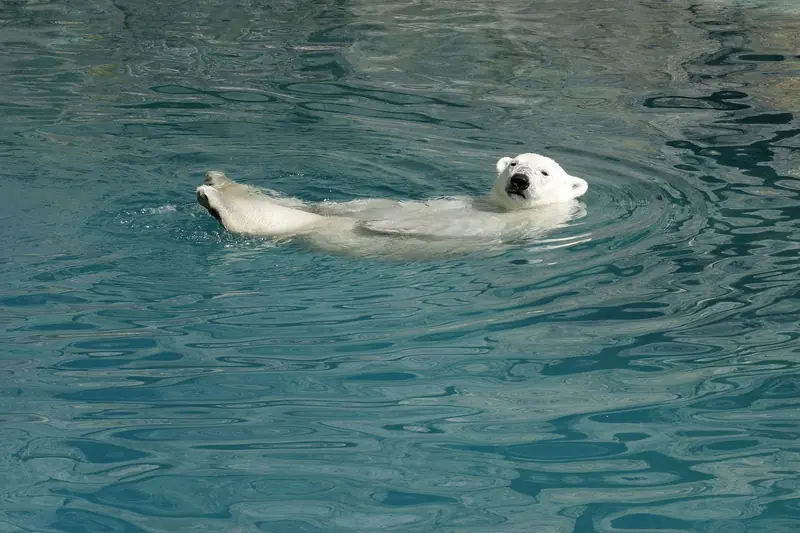Polar bears are “fatter” than previously thought, according to an international team of researchers led by scientists from Trinity College Dublin. Researchers from the UK, Norway, and Denmark discovered that the secret to this species’ survival in harsh climates lies in their fatty fur. The fat of polar bears, or their subcutaneous fat, is composed of cholesterol, fatty acids, and compounds that prevent ice from sticking to their fur. “Subcutaneous fat is a key component that provides this anti-icing effect,” noted Julian Carolan, a PhD candidate and co-author of the study. “Unwashed, greasy fur significantly complicates ice adhesion. Conversely, when a polar bear’s fur is washed and much of the fat is removed, it behaves just like human hair, to which ice easily sticks,” the researcher explained.

How did the scientists come to this conclusion? The team conducted a chemical analysis of the fat on the fur of six wild polar bears. Additionally, they measured how strongly ice adheres to bear fur, examined various factors affecting this interaction, and compared the characteristics of bear fur with those of human hair. The researchers were in for a surprise: they found no ingredients in polar bear subcutaneous fat that are present in the fur of other aquatic animals (such as sea otters) or in human hair, as reported by the Independent.
According to the team, this may explain why polar bear fur does not stick to ice. The researchers believe this discovery sheds new light on our understanding of the species. The study not only was the first to examine the composition of subcutaneous fat in polar bear fur but also explained why these animals do not suffer from ice adhesion, noted Dr. Richard Hobbs, the senior author of the paper. He believes that in the future, polar bear subcutaneous fat could help humans create materials that resist icing and could replace toxic “forever chemicals”—perfluoroalkyl and polyfluoroalkyl substances (PFAS). The results of the study were published in the journal Science Advances.
